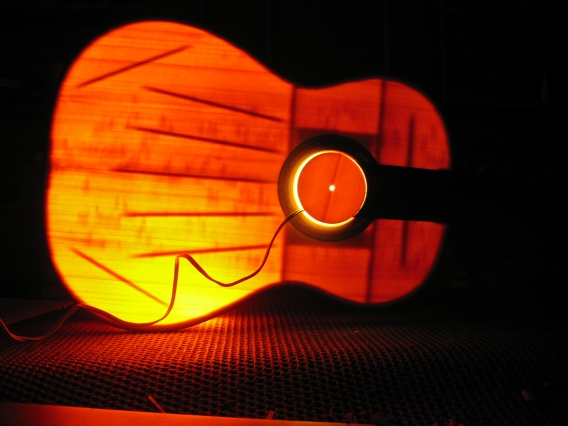|
Per Hallgren -> RE: Fan Bracing (Jun. 1 2007 17:15:18)
|
Guitarmaking and science have a problematic relation. Guitars, as everything else, is of course obeying the laws of physics. No one is denying that. But, and that is a big BUT, science is about making a theory and making experiments to prove or not prove that the theory is right. If the experiments are showing the same results as the theory predicted science take a small leap forward and our paradigm of the world is extended. (You know what I am saying, even if my english perhaps use the wrong words asociated with the theory of science...). The problem with guitars and science is, IMO, that guitars are so sensitive to the small differences in the material that it is almost impossible to repeat an experiment. Which of course gives that science is not really helping much. Most guitarmakers know at least some of the usual stuff concerning the laws of acoustics, and that is of value, but that can only be used as a tool to interprete what happens in a guitar that you have in front of you. It is of little value to give hints for the next guitar since the difference between a good guitar and a great guitar is beyond what we can measure. Our only guidance is our experience and intuition, of course within the frames of the laws of physics.
Phuh! I am terrible in writing about these things. Anders, please explain what I just tried to say...[8|]
|
|
|
|

